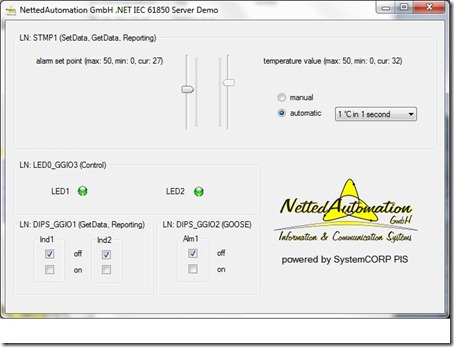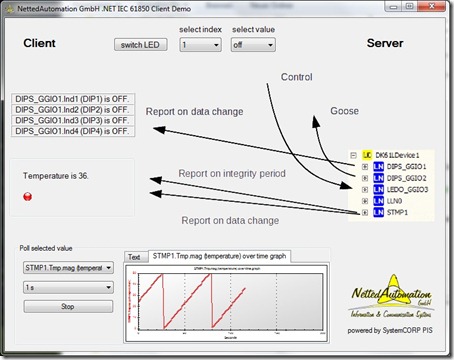Functions and Information Exchanges for Inverter-based DER Devices are modeled in IEC 61850-90-7. What does this document provide? A lot of useful models for real functions needed (today and in the near future) in power distribution systems with massive renewable power fed into the grid. The main models can be found in a document published the other day (see link below).
You can find many functions described and modeled in IEC 61850-90-7, e.g., frequency-watt mode:
This frequency-watt mode addresses the issue that high frequency often is a sign of too much power in the grid, and vice versa. These extreme deviations from nominal frequency can cause grid instability, particularly if they cause significant amounts of generating equipment to trip off-line.
One method for countering this over-power problem is to reduce power in response to rising frequency (and vice versa if storage is available). Adding hysteresis provides additional flexibility for determining the active power as frequency returns toward nominal.
The IEC 61850-90-7 has been written to meet crucial needs in the power delivery system. This document has to be seen in conjunction with other standards as depicted in the UML diagram below:
The electrical measurements like voltage, current and frequency are defined in IEC 61850-7-4 Ed2.
Note that the conversion of almost all models into UML (Enterprise Architect) will be completed soon. The huge model will be used to maintain the models in future. This is a crucial step toward tool based standardization.

















